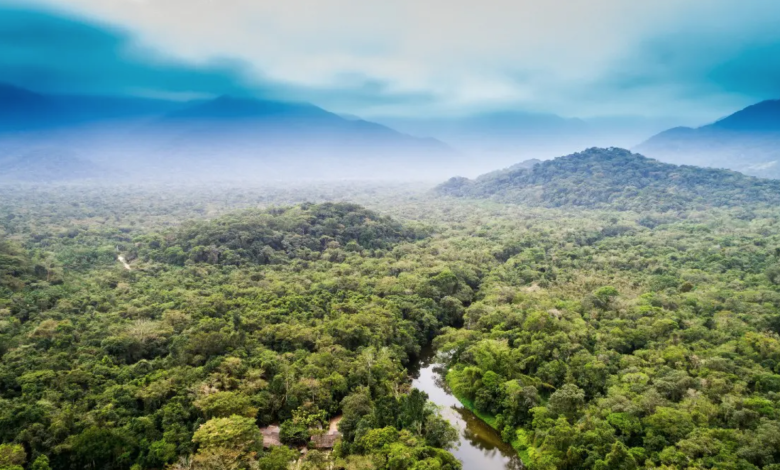Amazon rainforest dieback, new study explains what will happen after the point of no return
Climate tipping point and Amazon rainforest dieback, Exeter corrects the IPCC
(sustainabilityenvironment.com) – The most used climate models do not predict this. Even the latest report of the IPCC considers it unlikely. Although it indicates it is among the most serious climatic tipping points for the Planet. Yet the collapse of the Amazon is a real possibility – provided you understand what “collapse” means. It is the result of a study by the University of Exeter, the first to corroborate the hypothesis that the Amazon rainforest dieback can happen on a large scale once passed the point of no return.
It will, but not as we imagined it until now. The study published in Earth System Dynamics explains that the option of a complete collapse of the Amazon ecosystem is out of the question: climate models do not predict it. Even if the critical threshold is exceeded, measured as mean values for the entire region, the Amazon will not undergo overall flaking. To date, Exeter scientists have agreed with the Intergovernmental Panel on Climate Change.
Read also IPCC climate change report: how we change our lives and what we risk
What the IPCC underestimates, explain by the English university, is the possibility of a deterioration of the Amazon “leopard spot”. The dieback will occur but will be localized events, not a single development spread over the entire region. These local episodes will also have a very profound impact on local communities and the ecosystem.
“Although we see few changes in forest carbon across the Amazon, five of the seven models we have studied show localized events of abrupt decay in the event of global warming,” explains Isobel Parry, the study’s first signature. According to new estimates, for each degree of temperature above 1.5 ºC, “up to 12% of the northern Amazon will suffer a sharp reduction in the carbon of vegetation”.
A role in the future Amazon rainforest dieback on a local scale is played by the lack of water. Many of the sudden and drastic changes in the carbon balance of the tropical forest, in fact, are preceded by an increase in the amplitude of the seasonal temperature cycle, “which is consistent with more extreme dry seasons”, explains Exeter.
And from the available data, it seems clear that “Amazon has been constantly drying up for more than a hundred years. Models of the Earth system predict that drying up will continue in the future, with global warming, and this gives us further grounds for concern about the Amazon rainforest dieback due to climate,” concludes Paul Ritchie, co-author of the study.






